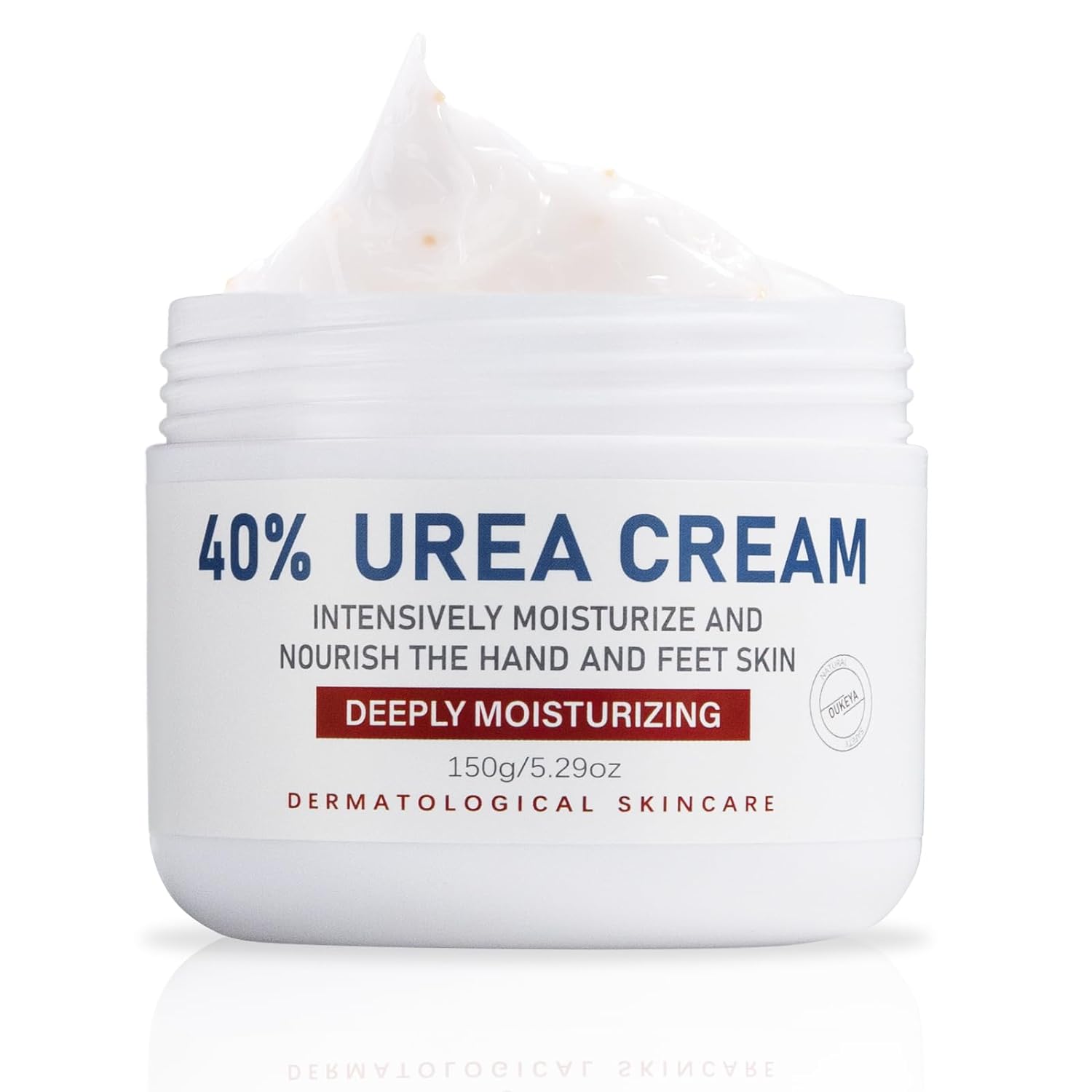
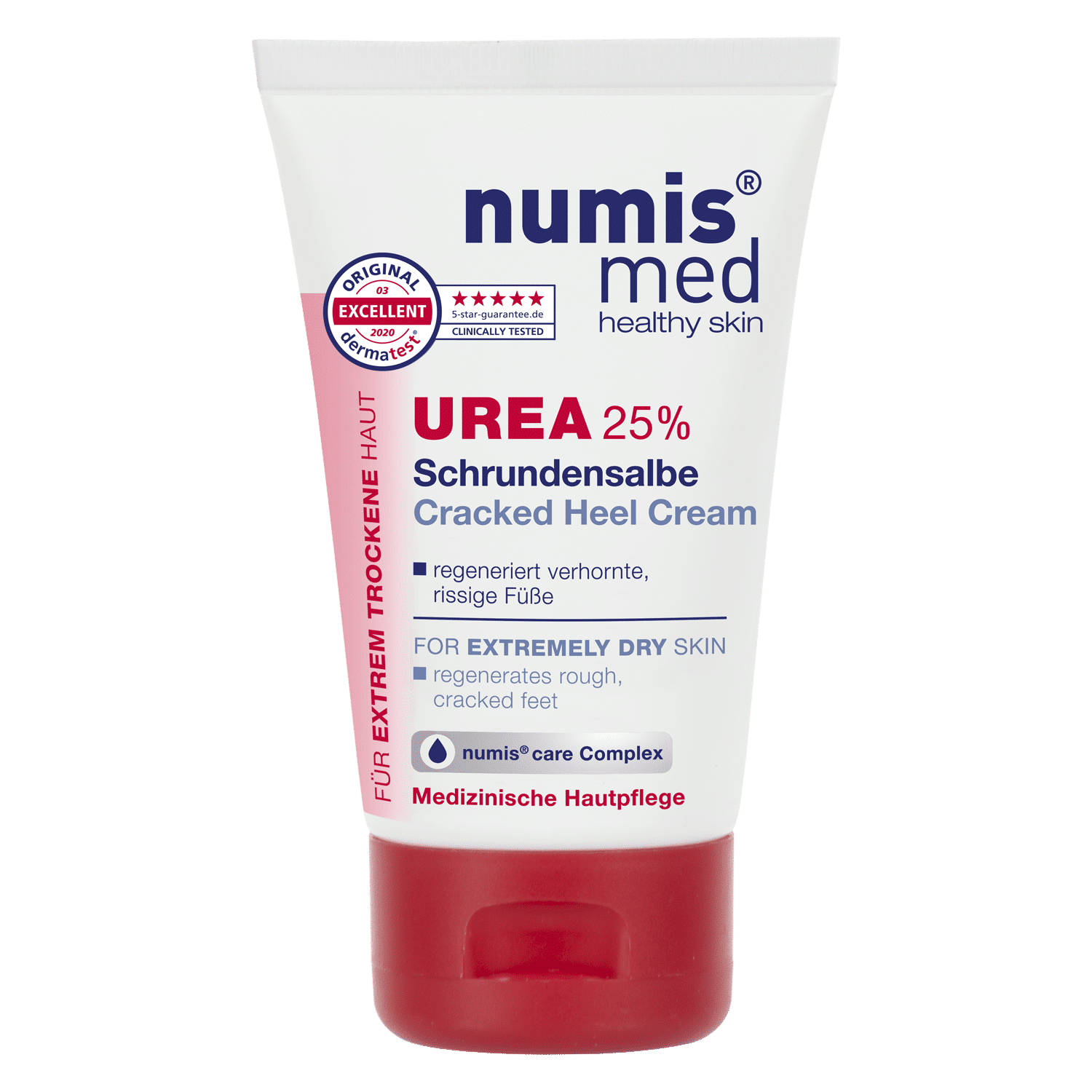
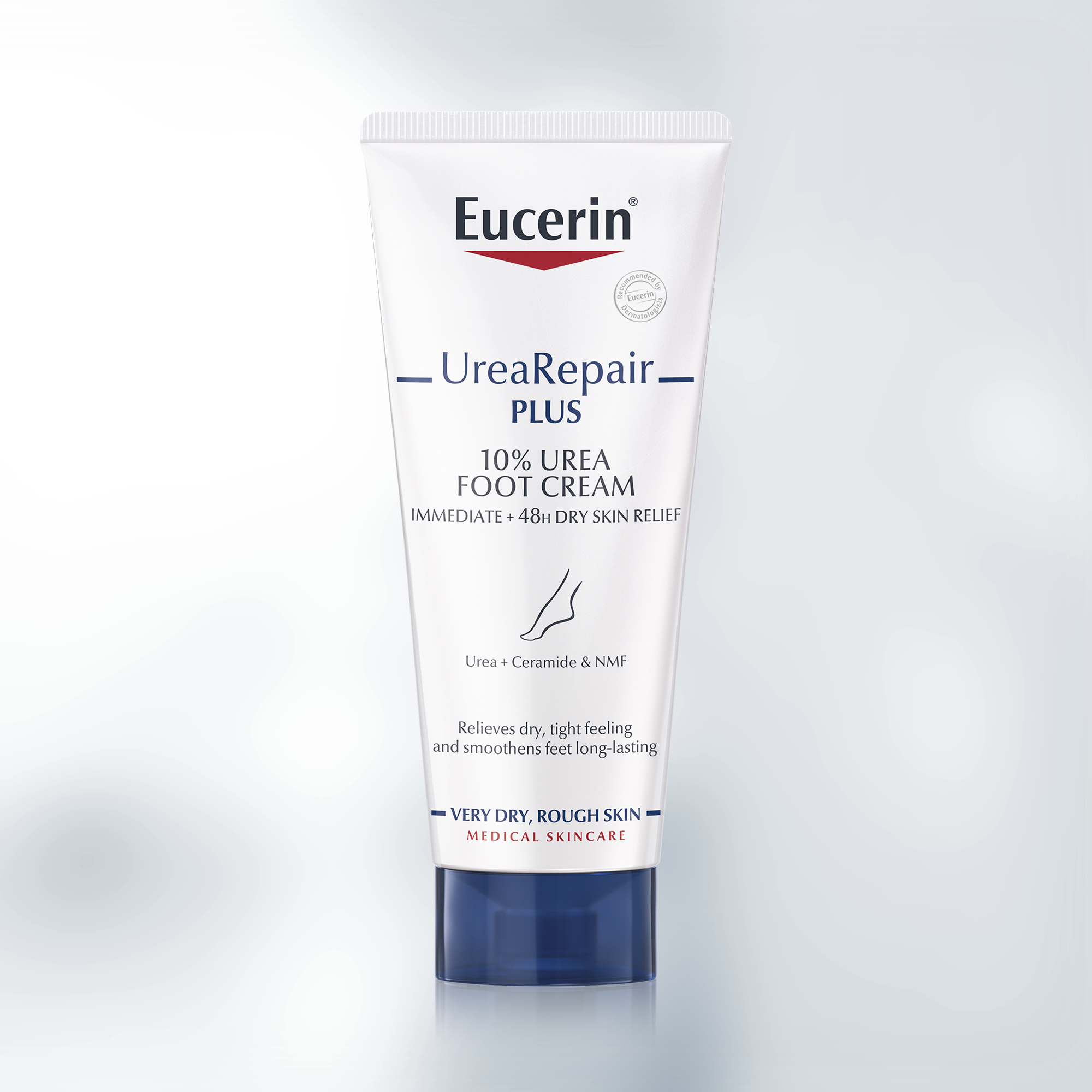
I. Introduction
In the realm of foot care, dry, cracked heels stand as a common and often embarrassing concern. Not only do they detract from the overall appearance of one’s feet, but they can also lead to discomfort and even pain, hindering one’s ability to walk with ease. Fortunately, urea cream emerges as an effective solution to combat this prevalent issue.
Urea, a naturally occurring substance found within the skin, possesses humectant properties, attracting and retaining moisture. This unique characteristic makes urea cream an ideal treatment for dry, cracked heels. Its benefits include:
-
Softening hard skin: Urea cream effectively softens hard, calloused skin on the feet, facilitating the removal of dead skin cells and preventing the formation of cracks.
-
Increasing skin hydration: By attracting and retaining moisture, urea cream helps keep the skin hydrated, preventing dryness and cracking.
-
Reducing itching and flaking: Urea cream alleviates the itching and flaking associated with dry skin, promoting a more comfortable sensation.
-
Promoting healing of cracked skin: Urea cream aids in the healing process of cracked skin by maintaining hydration and protecting it from potential infections.
II. Understanding Urea Cream
Urea cream is a topical medication containing urea, a naturally occurring substance found in the skin. With its humectant properties, urea cream effectively attracts and retains moisture, making it an excellent treatment for dry, cracked heels.
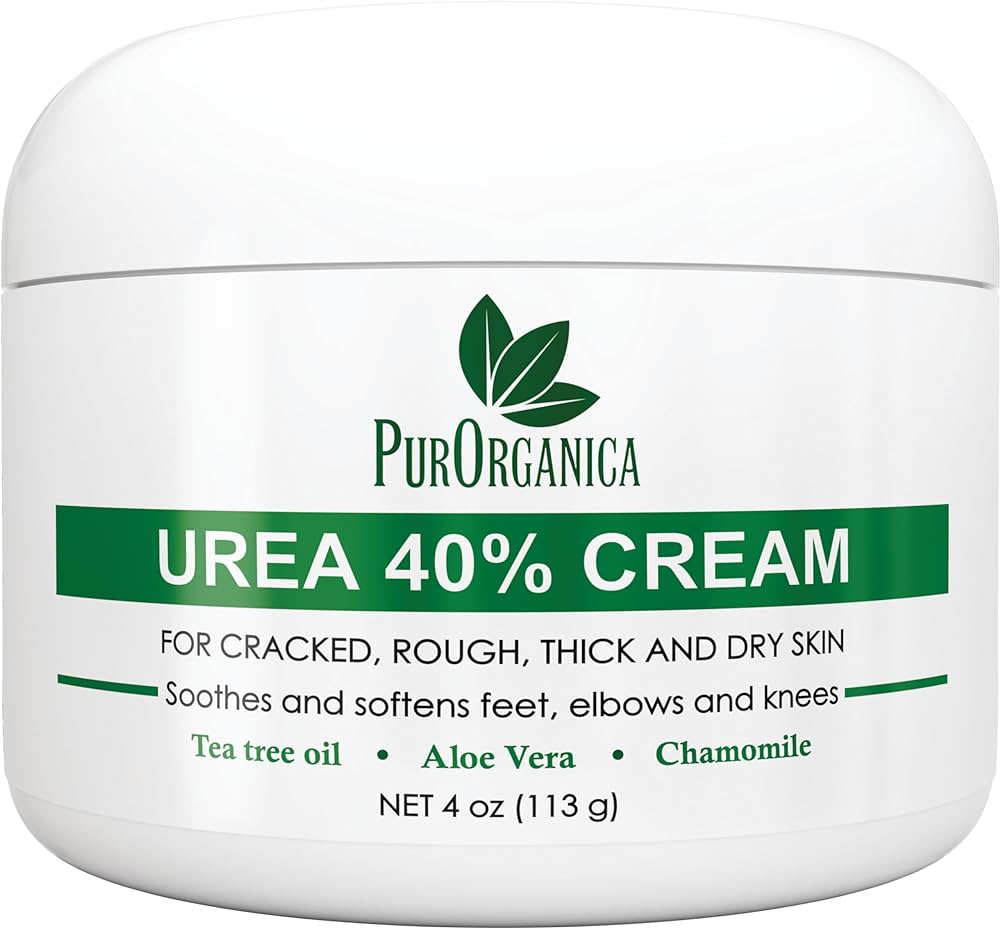
III. Benefits of Using Urea Cream for Your Feet
The advantages of using urea cream for your feet are numerous and include:
-
Softening hard skin: Urea cream effectively softens hard, calloused skin on the feet, facilitating the removal of dead skin cells and preventing the formation of cracks.
-
Increasing skin hydration: By attracting and retaining moisture, urea cream helps keep the skin hydrated, preventing dryness and cracking.
-
Reducing itching and flaking: Urea cream alleviates the itching and flaking associated with dry skin, promoting a more comfortable sensation.
-
Promoting healing of cracked skin: Urea cream aids in the healing process of cracked skin by maintaining hydration and protecting it from potential infections.
IV. How to Use Urea Cream for Your Feet
Urea cream is typically available over-the-counter in varying strengths, ranging from 10% to 40%. The strength you choose should depend on the severity of your dry, cracked heels. Here’s a step-by-step guide on how to use urea cream for your feet:
-
Cleanse your feet: Begin by washing your feet with warm, soapy water and patting them dry.
-
Apply urea cream generously: Apply a generous amount of urea cream to your feet, paying particular attention to the heels.
-
Massage the cream thoroughly: Massage the cream into your skin until it is fully absorbed.
-
Wear socks: Put on socks to help keep the cream in place and prevent it from rubbing off.
-
Repeat twice daily: Apply urea cream twice a day, or as directed by your doctor.
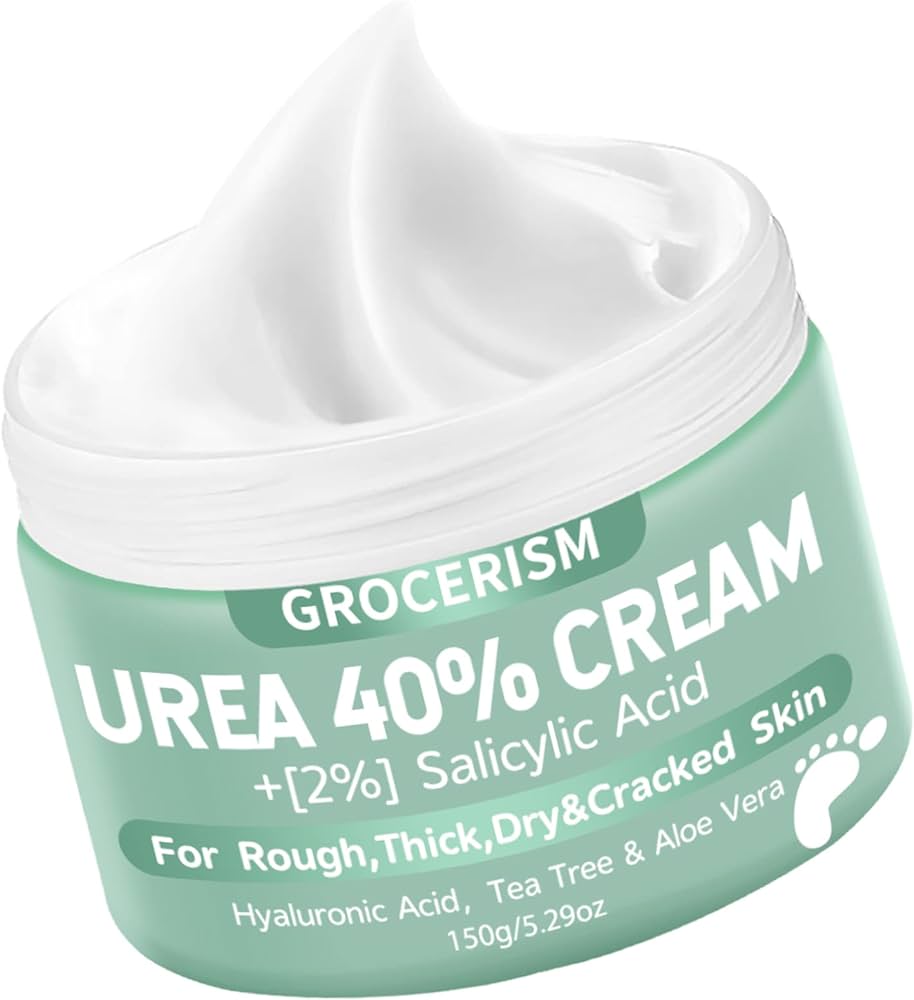
V. Tips for Enhancing Urea Cream’s Effectiveness
To maximize the effectiveness of urea cream for your feet, consider these additional tips:
-
Regular moisturization: In addition to using urea cream, incorporate a regular moisturizer into your foot care routine to maintain hydration.
-
Exfoliate regularly: Exfoliate your feet once or twice a week to remove dead skin cells and prevent cracks from forming.
-
Comfortable footwear: Choose comfortable shoes that fit well and avoid shoes that are too tight or too loose, as they can worsen dry, cracked heels.
-
Avoid harsh soaps and detergents: Harsh soaps and detergents can strip away the skin’s natural oils, making it more prone to dryness.
-
Seek medical attention for severe cases: If your dry, cracked heels are severe or do not improve with home treatment, consult a doctor.
VI. Potential Side Effects of Urea Cream
While generally safe and well-tolerated, urea cream may cause mild side effects in some individuals, including:
- Skin irritation
- Burning or stinging sensation
- Itching
- Redness
If you experience any of these side effects, discontinue use of urea cream and consult with your doctor.
VII. Selecting the Right Urea Cream for Your Feet
When choosing a urea cream for your feet, consider the following factors:
-
Strength: The strength of urea cream you choose should depend on the severity of your dry, cracked heels. For mild to moderate cases, a 10% to 20% urea cream may suffice. For severe cases, a 30% to 40% urea cream may be necessary.
-
-
Ingredients: Some urea creams contain additional ingredients like lactic acid or salicylic acid. These ingredients can further enhance the softening of hard skin and promote healing.
-
Brand: Numerous brands of urea cream are available. Opt for a reputable brand with a history of quality products.
VIII. Additional Considerations for Urea Cream Users
For individuals with certain pre-existing conditions, using urea cream may require additional considerations:
-
Diabetics: If you have diabetes, it’s crucial to consult your doctor before using urea cream. While generally safe, it’s essential to ensure proper foot care due to potential neuropathy.
-
Pregnant or breastfeeding women: While no major risks are associated with urea cream during pregnancy or breastfeeding, consulting your doctor is recommended for guidance.
IX. Conclusion
Urea cream stands as a powerful and effective weapon in the fight against dry, cracked heels. Its ability to soften hard skin, increase hydration, reduce discomfort, and promote healing makes it a valuable addition to any foot care routine. By following the proper application techniques, incorporating helpful tips, and choosing the right product for your needs, you can experience the remarkable benefits of urea cream and achieve smoother, healthier feet. Remember, if your condition persists or worsens, consult a doctor for personalized advice. With consistent use and proper care, you can confidently step forward with soft, beautiful feet.
-
-
X. Alternatives to Urea Cream for Dry, Cracked Heels
While urea cream offers a compelling solution for dry, cracked heels, there are alternative approaches to consider if you prefer a different treatment method or have specific needs. Here’s a glimpse into some alternatives:
-
Petroleum Jelly: A popular choice for dry skin, petroleum jelly creates a protective barrier that helps lock in moisture and prevent further dryness. However, it may not be as effective as urea cream in softening hard skin.
-
Salicylic Acid Ointments: Salicylic acid, a beta hydroxy acid (BHA), gently exfoliates dead skin cells and promotes healing. It’s a good option for mild to moderate dryness but may cause irritation for those with sensitive skin.
-
Alpha Hydroxy Acid (AHA) Lotions: AHAs, such as lactic acid or glycolic acid, exfoliate the skin’s surface, removing dead skin cells and encouraging smoother texture. However, similar to salicylic acid, AHAs may cause irritation for some individuals.
-
Home Remedies: Natural remedies like coconut oil, shea butter, and oatmeal baths can provide some relief for dry, cracked heels. While they may be less potent than urea cream, they offer a natural approach for those with sensitive skin.
-